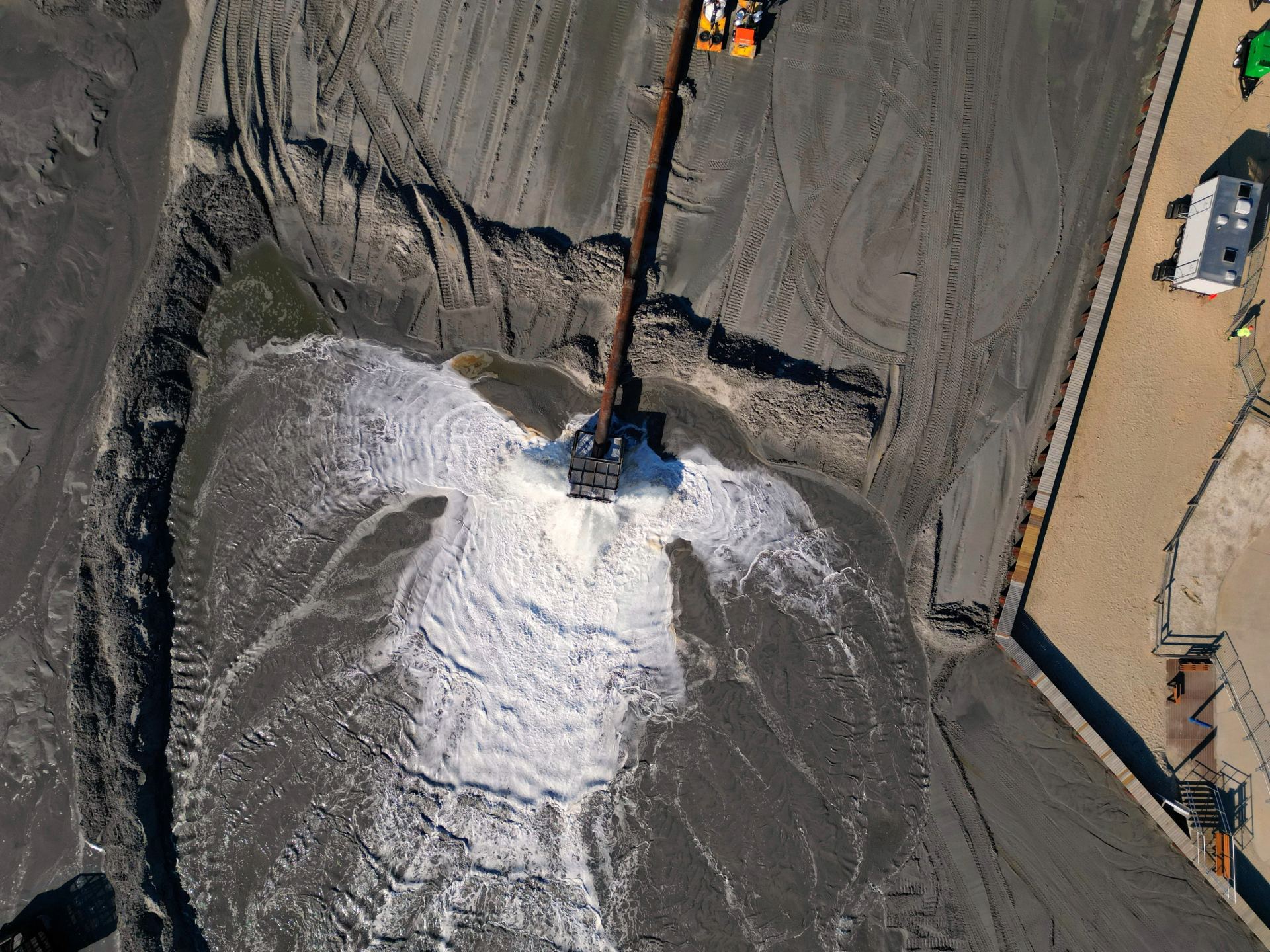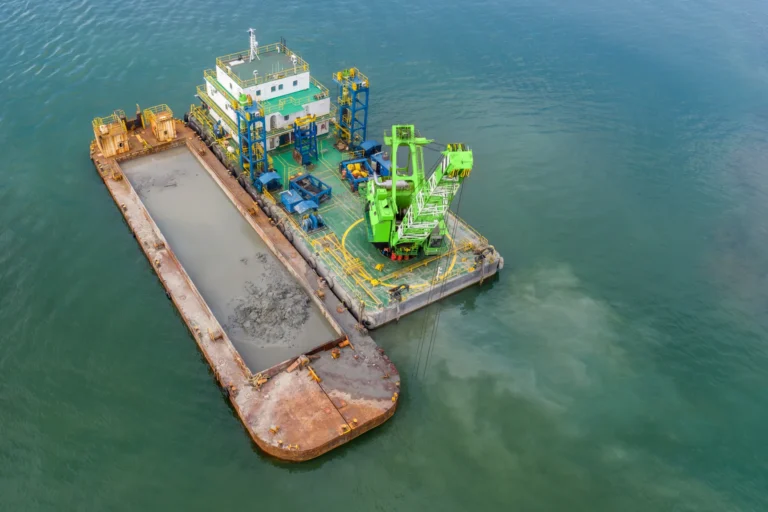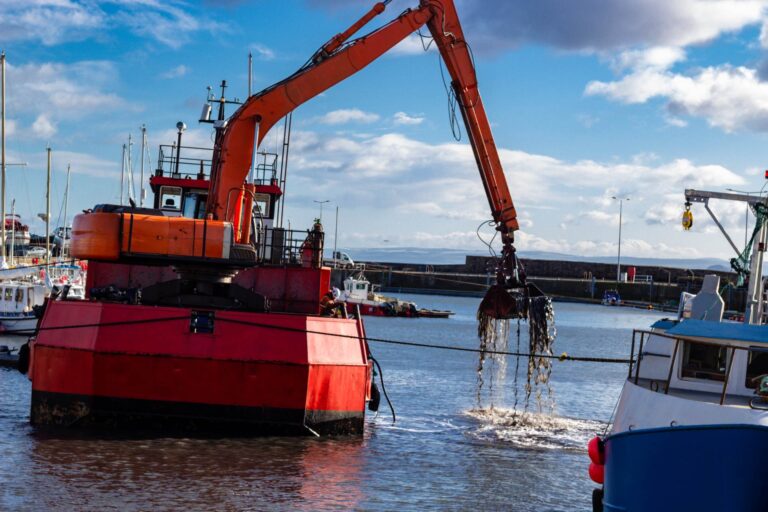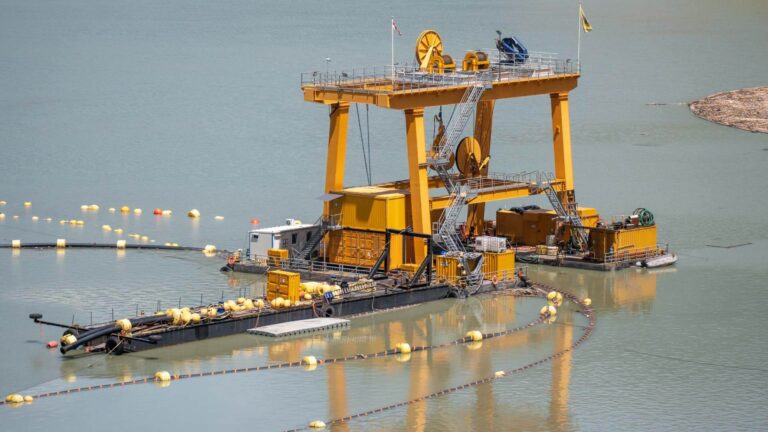Dredging pumps are essential for mining, marine operations, and infrastructure projects, supporting safe navigation, efficient material transport, and environmental management. Dredging pumps are specifically designed and specialized pumps capable of handling abrasive slurries, gravel, and other abrasive particles in both fresh water and sea water environments. As industries face increasing regulatory and ecological pressures, sustainable dredging has become a priority, focusing on efficiency, reduced impact, and long-term value.
At the core of these operations is the dredging pump. Designed to move slurry, sediment, and debris, the dredging pump ensures reliable performance in demanding conditions. A wide array of dredge equipment and dredge systems are available, constructed from various materials to ensure durability and low maintenance. In heavy-duty applications, the hydraulic dredge pump delivers the power needed for high-volume transport, while the suction dredge pump provides precision in controlled sediment removal. Features such as simple maintenance and minimal downtime are critical for sustainable dredging projects, especially when handling maximum solids. For project contractors and procurement heads, selecting the right pump is critical to achieving operational efficiency, compliance, and strong returns on investment.
Understanding Dredging Pumps
A dredging pump is a specialized piece of equipment designed to transport sediment, slurry, sand, and debris from the bottom of rivers, lakes, harbors, mining ponds, and industrial lagoons. In large-scale operations, the dredge pump is the central component that enables the efficient movement of high-density and abrasive materials over long distances, making it indispensable for maintaining waterways, supporting mining processes, and enabling sustainable infrastructure development. High-quality pumps often feature a heavy-duty shaft, dual volute design to reduce radial load, and CNC machined or investment cast components for enhanced durability. The adapter ensures durability in harsh conditions, and the unit is designed for simple maintenance and reliability. These pumps are also capable of pumping sea water mixed with sand and other abrasive particles, making them suitable for demanding marine applications.
The primary function of a dredge pump is to provide the power and flow needed to move solids-laden mixtures safely and efficiently. Unlike standard fluid pumps, a dredging pump is engineered to handle large particles, varying densities, and continuous operation under demanding conditions. This ability to maintain flow while resisting wear ensures that critical projects can be completed on schedule and within budget. Many dredging pumps are designed so the system self primes, allowing for quick and efficient operation, and can be powered by Honda gasoline engines for reliable performance in the field.
Two major categories of pumps dominate dredging applications: the hydraulic dredge pump and the suction dredge pump. A hydraulic dredge pump uses fluid power and mechanical force to transport slurry with high efficiency, making it particularly effective in operations that involve dense tailings or large sediment volumes. The hydraulic dredge pump is widely applied in mining, harbor maintenance, and heavy industrial work where durability and throughput are top priorities. Positive displacement pumps are also used as an alternative for handling high-solids and viscous slurries, offering superior performance in such demanding applications.
On the other hand, the suction dredge pump works by creating negative pressure to draw in water and sediment before transporting the mixture through discharge pipelines. The suction dredge pump is highly effective in projects requiring precise sediment removal, such as environmental remediation, channel deepening, and municipal flood prevention. Both the hydraulic dredge pump and the suction dredge pump have become essential in modern dredging machines due to their ability to balance efficiency with environmental responsibility.
For procurement heads, project contractors, and government buyers, choosing the right dredging pump involves evaluating performance attributes that directly influence project outcomes. Capacity to move large volumes, resistance to abrasion from coarse materials, and overall operational efficiency are key considerations. Maintenance is also improved by using a rinsing pump for cleaning and by controlling the quantity of gland water, which helps improve efficiency and reduce operational costs. A well-specified dredging pump not only ensures reliable performance but also reduces maintenance costs and downtime, leading to stronger returns on investment across sectors such as mining, construction, and marine infrastructure.
Applications of Dredging Pumps Across Industries
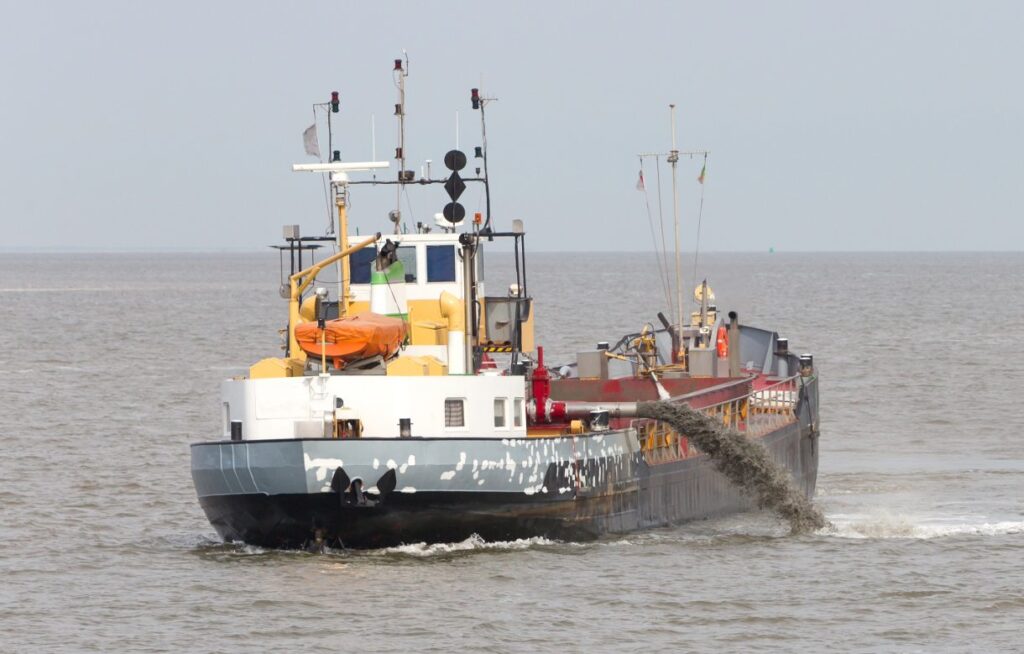
The dredging pump is a critical tool across multiple industries, ensuring efficient movement of sediment, slurry, and high-density materials in demanding environments. Its versatility makes it a key driver of both productivity and sustainability. Specialized pumps and dredge systems are tailored to meet the unique needs and challenges of each industry, improving efficiency, durability, and safety.
Mining Operations
In mining, the dredging pump handles slurry transport, tailings management, and site dewatering. A hydraulic dredge pump is commonly used to move abrasive tailings over long distances, while a suction dredge pump provides reliable extraction of settled materials from ponds and containment areas.
Construction Projects
Construction projects near waterways often require foundation preparation and sediment removal. The suction dredge pump offers precise sediment control for excavation and dewatering, while the hydraulic dredge pump ensures efficient handling of large slurry volumes during infrastructure development.
Marine and Port Operations
For harbor deepening, navigation channel maintenance, and land reclamation, the hydraulic dredge pump provides the power to move large quantities of sand and silt. In more controlled marine projects, the suction dredge pump enables accurate removal of material to maintain navigational safety and protect marine ecosystems. Dredging pumps are also used in other marine applications such as emergency bilging, pier maintenance, and wash down operations, highlighting their versatility in marine environments.
Municipal and Government Projects
Municipalities rely on the dredging pump for flood control, wastewater treatment, and environmental remediation. The combination of a hydraulic dredge pump for heavy solids and a suction dredge pump for precise clean-up supports compliance with environmental regulations while improving public safety.
Oil, Gas, and Heavy Industries
In offshore and industrial applications, the dredge pump is indispensable for pipeline support, lagoon dredging, and sediment management around critical assets. The hydraulic dredge pump delivers durability under high-load conditions, while the suction dredge pump ensures controlled removal in sensitive operational zones.
Linking Dredging Pumps to Sustainable Dredging Practices
Sustainable dredging depends on technology that balances performance with environmental responsibility. The dredging pump plays a central role in achieving this balance, enabling operators to complete projects efficiently while reducing ecological impact.
Efficiency and Resource Optimization
High-performance pumps minimize fuel consumption and shorten project timelines by moving larger volumes of material with fewer passes. A well-specified hydraulic dredge pump increases throughput in mining and marine operations, reducing overall energy requirements and operating costs. Using pumps constructed from various materials ensures long-term durability and supports sustainable operations by withstanding abrasive and high-solids applications.
Environmental Protection
Precision equipment ensures controlled sediment removal and less disturbance to aquatic habitats. Advanced suction dredge pump systems reduce turbidity and sediment plumes, making them suitable for sensitive environments such as harbors, wetlands, and municipal waterways.
Material Reuse
The dredging pump also supports sustainable practices by transporting dredged materials for beneficial reuse. Sand and silt can be repurposed for land reclamation, beach nourishment, or as construction fill, turning waste into valuable resources.
Compliance and Regulations
Modern pump technology helps contractors and government agencies meet Canadian and international environmental standards. Whether using a hydraulic dredge pump for high-volume projects or a suction dredge pump for precision work, the right choice ensures compliance with permit conditions and industry best practices. Low maintenance and minimal downtime are also essential for meeting sustainability and compliance goals, as they help reduce resource consumption and operational interruptions.
Environmental and Operational Benefits
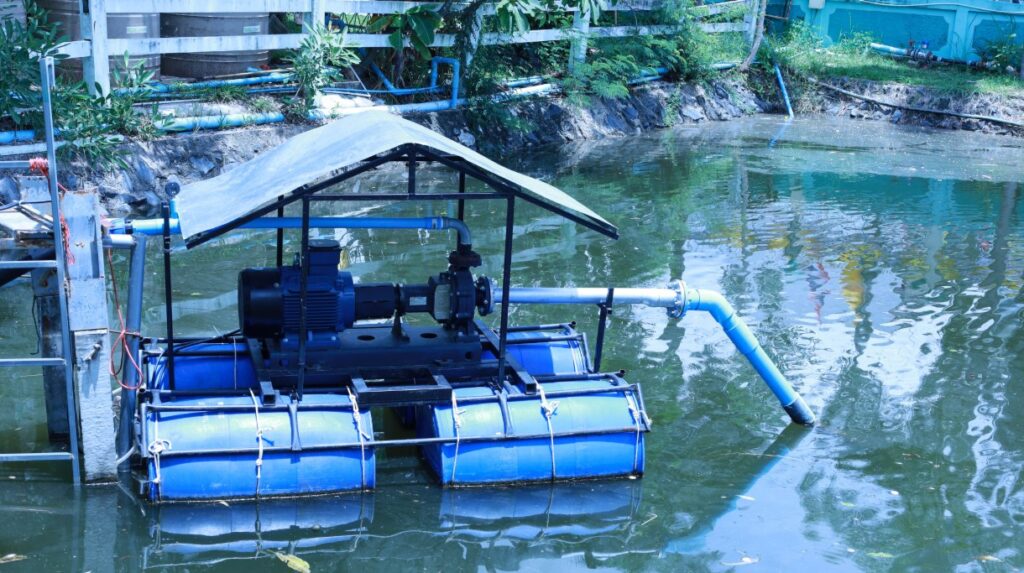
Integrating modern pump technology into dredging projects delivers both ecological and economic advantages. The dredging pump is central to reducing impact while improving efficiency, making it a vital tool for contractors, municipalities, and industrial operators.
Reduced Ecological Footprint
By enabling precision dredging and efficient sediment handling, the dredge pump helps minimize turbidity and habitat disruption. Advanced systems, such as the suction dredge pump, allow for controlled sediment removal in environmentally sensitive areas, protecting aquatic ecosystems.
Restored Waterways and Wetlands
Strategic use of the dredging pump supports the restoration of rivers, lakes, and wetlands. This work enhances biodiversity, improves natural flood resilience, and creates healthier environments for both communities and wildlife. The hydraulic dredge pump is particularly effective in large-scale restoration projects requiring high sediment volumes to be managed efficiently.
Improved ROI for Stakeholders
Operational benefits are equally important. A well-matched dredging pump reduces downtime, lowers maintenance costs, and extends equipment lifespan. Regular use of a rinsing pump for cleaning and maintenance helps remove abrasive debris, further prolonging the main pump’s life and ensuring sustained performance. The use of investment cast and CNC machined components, along with a heavy-duty cast iron adapter, ensures durability and reliable performance even in severe service conditions. Additionally, the dual volute design enhances operational efficiency by reducing radial loads and simplifying maintenance. Whether relying on a hydraulic dredge pump for heavy-duty slurry transport or a suction dredge pump for targeted removal, decision-makers gain stronger returns on investment through improved productivity and reduced lifecycle costs.
Case-Aligned Benefits
Beyond immediate project gains, the use of advanced pump systems contributes to safer navigation channels, stable shorelines, and reliable municipal infrastructure. These outcomes demonstrate how the right dredge pump supports both environmental stewardship and long-term operational resilience.
Safety Considerations in Dredging Pump Operations
Operating a dredge pump in marine and industrial environments involves managing large volumes of water, sand, and other materials—each presenting unique safety challenges. To ensure maximum efficiency and minimize risks, it is crucial to select a dredging pump that is well-designed and suitable for the specific application, considering factors such as maximum suction lift, flow rate, and the ability to handle pump solids. Regular maintenance, including thorough rinsing of the pump and inspection for wear, is essential to prevent unexpected failures and maintain safe operation.
Operators should be thoroughly trained in handling emergency situations, such as clogs or equipment malfunctions, and must follow established protocols for tasks like pile driving and pier maintenance. In addition, the use of personal protective equipment (PPE) and strict adherence to safety guidelines are vital for protecting both personnel and equipment during dredging operations. By prioritizing safety in all aspects of dredge pump use—from routine maintenance to handling large volumes of abrasive materials—contractors can ensure efficient, reliable, and incident-free performance across a wide range of marine applications.
Cost-Benefit Analysis of Dredging Pump Implementation
Investing in a dredge pump system can deliver substantial benefits, including increased efficiency, lower operating costs, and enhanced water quality. However, a comprehensive cost-benefit analysis is essential to determine the true value of implementing a dredging pump for your project. Key considerations include the initial investment in the dredge pump, the quality and durability of pump material, and the cost of essential components such as adapters and wear parts.
A well-designed pump system is engineered to withstand harsh conditions, including exposure to abrasive particles and large solids, which can otherwise lead to frequent repairs and downtime. By choosing high-quality equipment, operators can reduce maintenance expenses and extend the lifespan of their dredging equipment. Additionally, improved efficiency and reduced downtime translate into higher productivity and better environmental outcomes, further enhancing the return on investment. Ultimately, a careful evaluation of both costs and benefits ensures that the selected dredging pump system delivers long-term value and reliable performance, even in the most demanding conditions.
Maintenance and Repair Strategies for Dredging Pumps
To achieve maximum efficiency and prolong the service life of dredging pumps, a proactive maintenance and repair strategy is essential. Regular maintenance should include scheduled inspections, thorough cleaning, and timely replacement of critical components such as the suction hose and pump seals. Utilizing high-quality, wear-resistant materials in the construction of the dredge pump can significantly reduce the frequency and cost of repairs, ensuring consistent performance even when handling abrasive materials.
Operators should be trained to recognize early warning signs of potential issues, such as unusual vibrations or reduced suction, and to take prompt corrective action to prevent equipment failure. Establishing a dedicated maintenance team or partnering with specialists can further enhance the reliability of dredging equipment, minimizing downtime and ensuring that the pump operates at peak efficiency. By prioritizing regular maintenance and using quality materials, contractors can maximize the performance and longevity of their dredging pumps, supporting successful project outcomes.
Regulatory Compliance in Sustainable Dredging Projects
Adhering to regulatory requirements is a cornerstone of sustainable dredging projects. Dredging operations must be carefully planned and executed to minimize environmental impacts and comply with local, national, and international regulations. This includes obtaining the necessary permits, monitoring water quality, and implementing best practices to reduce sediment disturbance and protect aquatic habitats.
Compliance not only ensures the legal operation of dredging projects but also supports broader sustainability goals by promoting responsible resource management and environmental stewardship. By integrating regulatory considerations into every stage of dredging—from equipment selection to operational procedures—contractors can demonstrate their commitment to sustainable practices and avoid costly delays or penalties. Staying informed about evolving regulations and maintaining open communication with regulatory agencies further enhances the success and reputation of dredging operations.
Monitoring and Evaluation of Dredging Pump Performance
Continuous monitoring and evaluation are vital for maintaining optimal dredging pump performance and ensuring project success. By tracking key metrics such as flow rate, solids concentration, and energy consumption, operators can quickly identify inefficiencies or emerging issues. Advanced monitoring systems enable real-time data collection, allowing for immediate adjustments to maintain maximum efficiency and prevent costly downtime.
Regular evaluation of pump performance also supports proactive maintenance, helping to schedule repairs before minor issues escalate into major failures. This approach not only extends the lifespan of the dredge pump but also ensures consistent compliance with project specifications and environmental standards. By prioritizing ongoing monitoring and performance evaluation, contractors can achieve superior results, reduce operating costs, and maintain the reliability of their dredging equipment throughout the project lifecycle.
Key Considerations in Selecting a Dredging Pump
Selecting the right dredging pump is a critical decision that directly impacts project performance, operational costs, and compliance outcomes. Procurement heads, contractors, and engineering managers must carefully evaluate several factors before committing to equipment.
Matching Pump Type to Project Needs
The choice between a hydraulic dredge pump and a suction dredge pump depends on project conditions. A hydraulic dredge pump is best suited for large-scale operations requiring high pressure and the movement of abrasive, high-density slurry over long distances. In contrast, a suction dredge pump is ideal for projects that demand precise sediment removal, controlled turbidity, and work in environmentally sensitive areas.
Evaluating Material and Flow Requirements
Understanding slurry composition, solids content, flow rate, and transport distance is essential. Coarse, abrasive materials require a dredge pump with strong wear resistance, while projects with fine sediments or short discharge lengths may benefit from a more compact setup. It is important to select a unit that can handle maximum solids and is constructed from various materials to ensure durability in demanding environments. A robust shaft design and a unit that self primes contribute to low maintenance and simple maintenance, reducing operational costs and downtime.
Supplier Expertise and Support
Beyond the equipment itself, supplier capability plays a key role. A trusted partner provides technical guidance, after-sales service, and access to critical spare parts. These elements ensure that the dredging pump continues to perform reliably throughout the project lifecycle.
Lifecycle Costs and Compliance
An informed selection minimizes maintenance needs, extends equipment lifespan, and reduces unplanned downtime. Equally important, the right dredging pump helps meet environmental and regulatory requirements, supporting sustainable dredging practices while protecting return on investment.
Future of Sustainable Dredging with Advanced Pump Technology
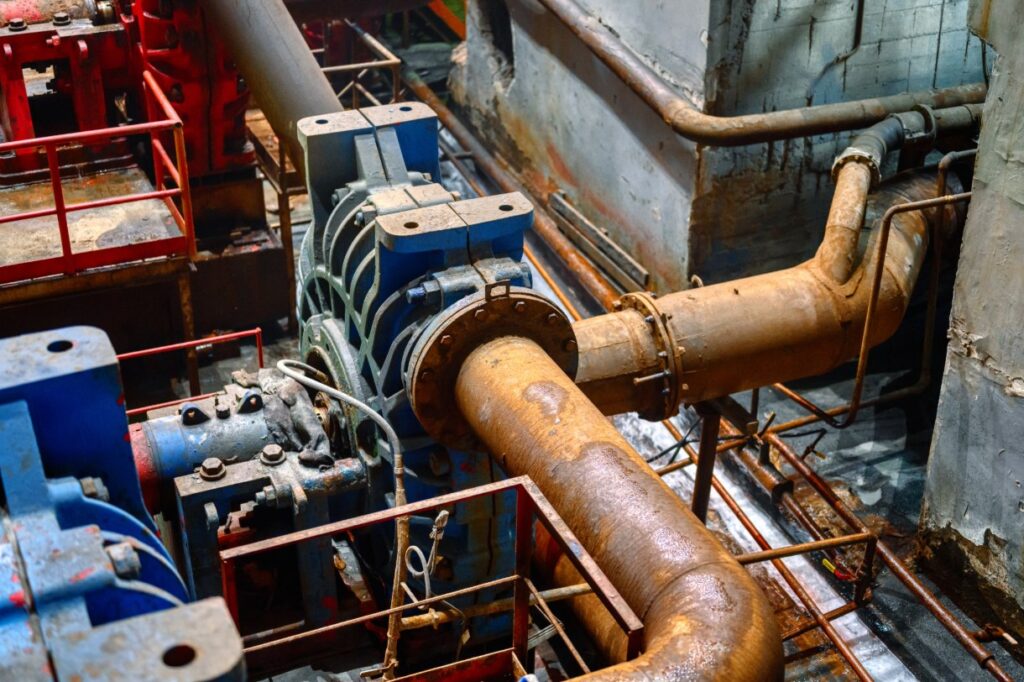
The future of sustainable dredging lies in adopting technology that enhances both performance and compliance. The dredging pump is evolving into a smarter, more efficient system designed to meet the growing demands of industry and regulation. Manufacturers now offer a wide array of equipment options, with a strong focus on minimal downtime through robust design and easy maintenance.
Smart Monitoring Systems
Next-generation pumps are being equipped with monitoring systems that track flow rate, solids concentration, and energy consumption in real time. By integrating these technologies, operators can optimize pump performance, reduce fuel usage, and demonstrate compliance with environmental standards. Both hydraulic dredge pump and suction dredge pump systems benefit from these innovations, ensuring accurate reporting and reduced risk of costly violations.
Energy-Efficient Designs
Sustainability also depends on lowering emissions. Advances in dredging pump design are focused on improved impeller efficiency, reduced wear rates, and optimized hydraulics. These developments allow contractors to achieve higher output with less energy, directly lowering the carbon footprint of dredging operations. Positive displacement pumps are increasingly used for handling challenging slurries, high solids, and abrasive materials, offering superior performance in demanding applications.
Modular and Adaptable Equipment
Canadian projects often face varied conditions, from inland mining ponds to coastal harbors. The move toward modular dredge pump packages allows operators to adapt quickly to changing requirements. Whether deploying a high-capacity hydraulic dredge pump for large-scale reclamation or a precision suction dredge pump for sensitive remediation, modular systems deliver flexibility without compromising performance. Investment cast and CNC machined components, along with a heavy-duty adapter that ensures durability, are key to the reliability and longevity of modern pump systems.
Conclusion
The dredging pump remains the backbone of efficient, sustainable dredging operations. By combining high productivity with reduced environmental impact, it enables industries to meet project goals while aligning with regulatory expectations.
For decision-makers, the right balance of technology, whether a hydraulic dredge pump for heavy-duty transport or a suction dredge pump for precise sediment control, delivers measurable returns on investment and long-term compliance advantages. provides solutions tailored to the diverse needs of Canadian industries, ensuring that every project benefits from advanced dredging pump technology designed for sustainability, efficiency, and reliability.


